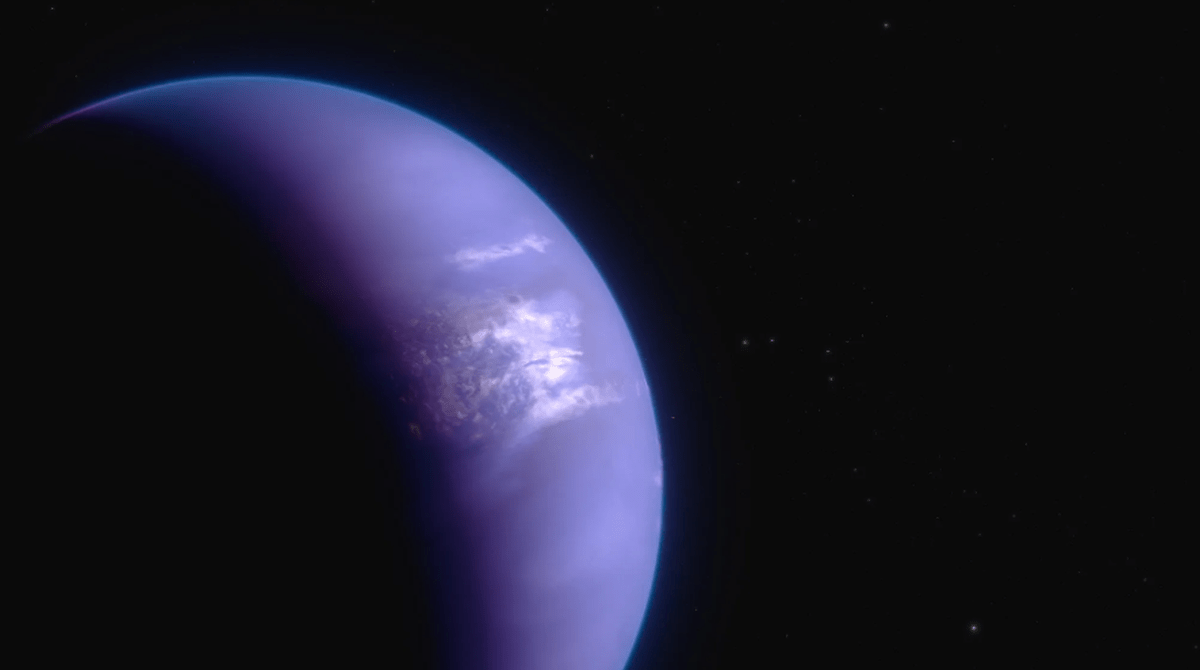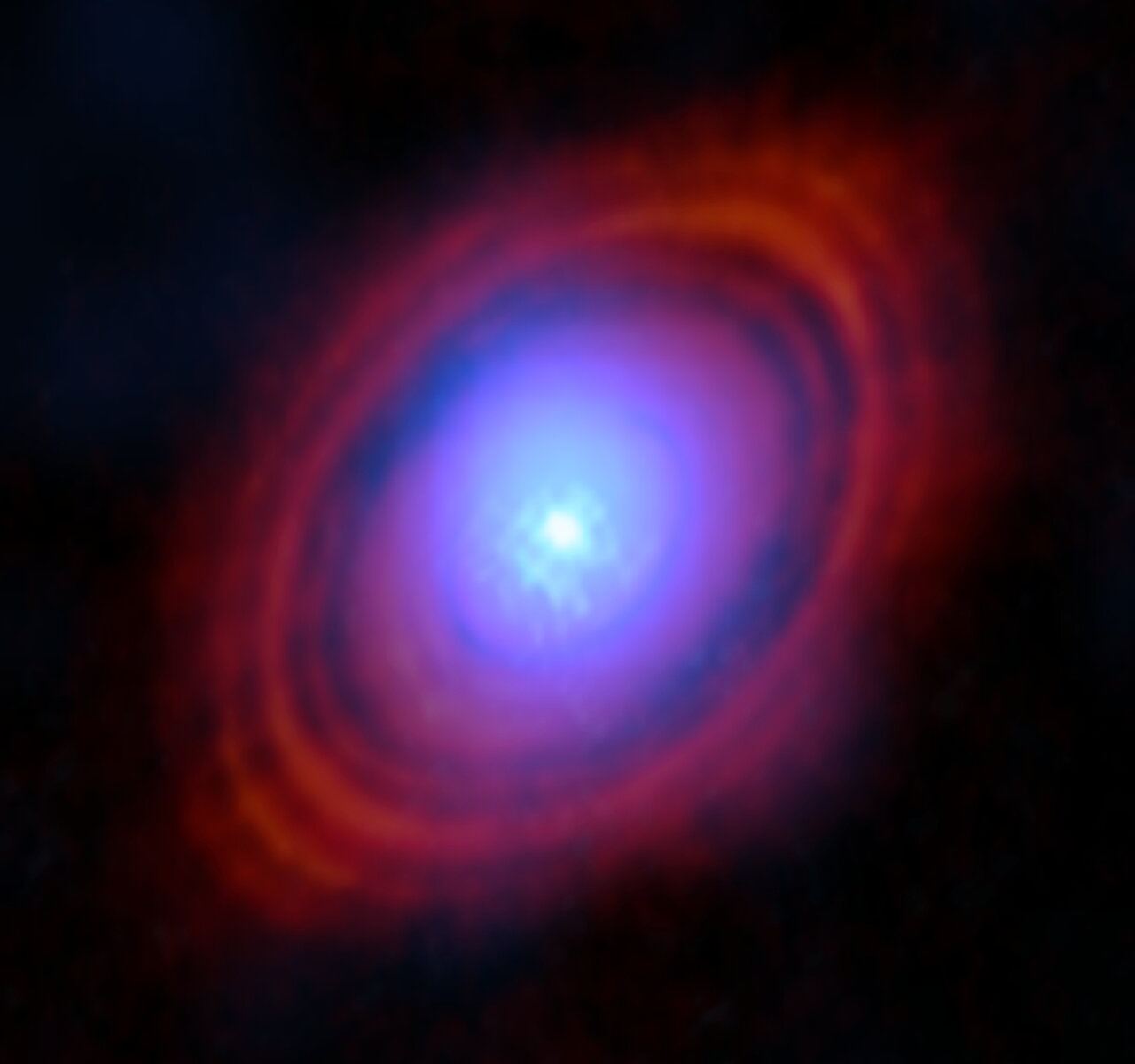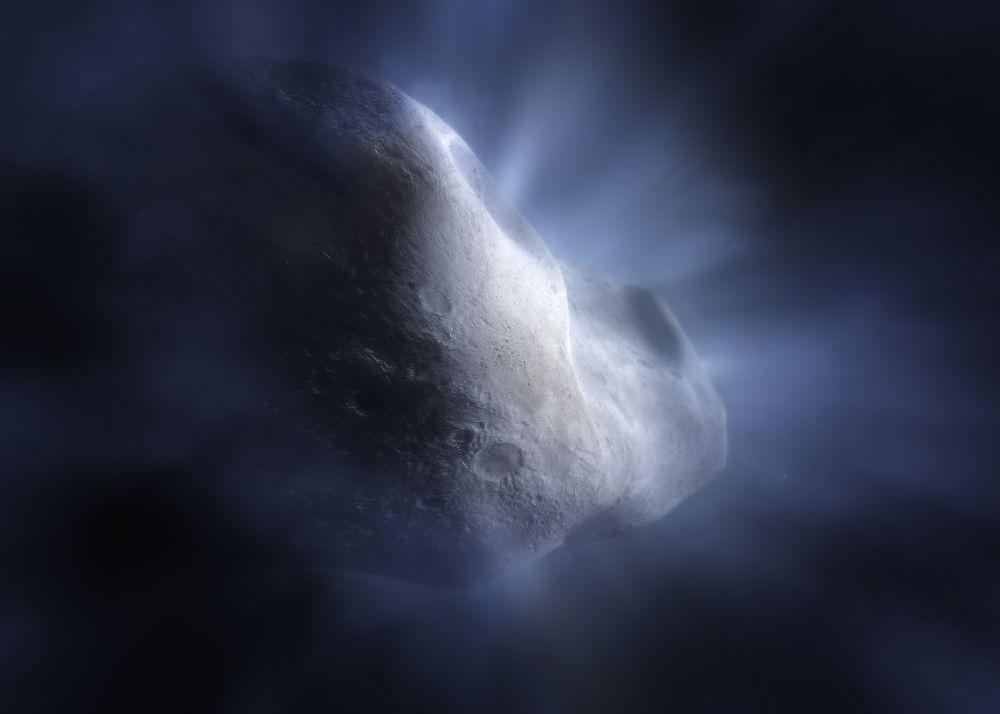Modern astronomy would struggle without AI and machine learning (ML), which have become indispensable tools. They alone have the capability to manage and work with the vast amounts of data that modern telescopes generate. ML can sift through large datasets, seeking specified patterns that would take humans far longer to find.
The search for biosignatures on Earth-like exoplanets is a critical part of contemporary astronomy, and ML can play a big role in it.
Continue reading “Fast-Tracking the Search for Habitable Worlds”




